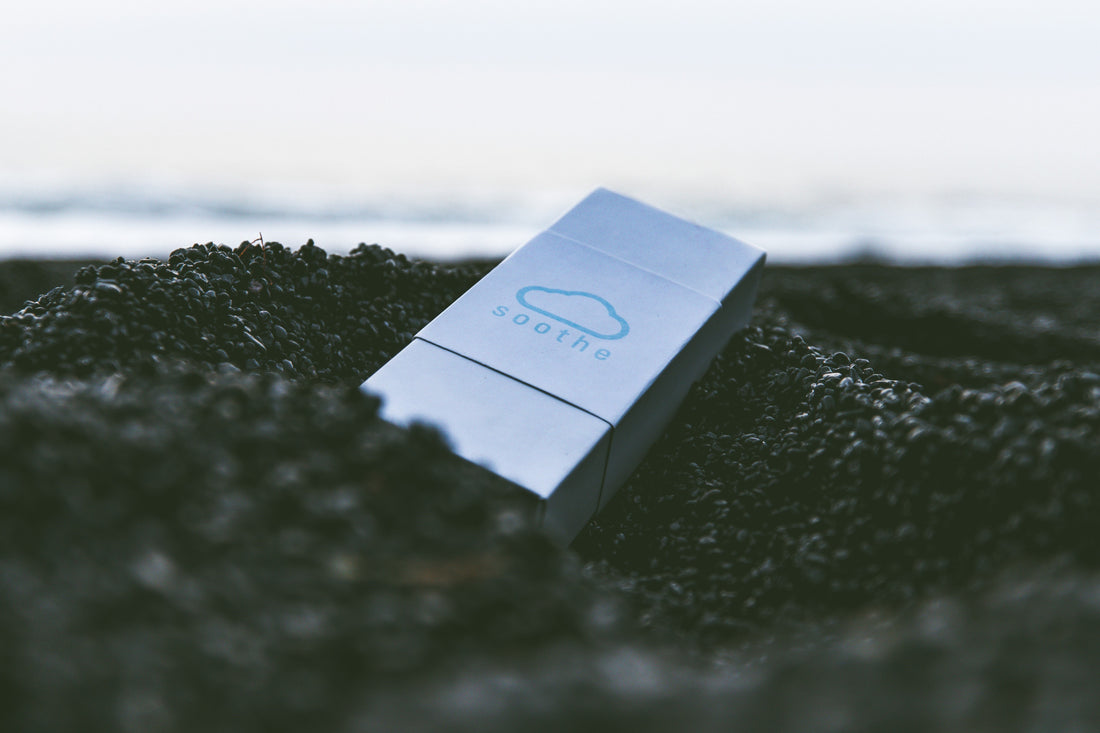CBD stands for cannabidiol
Cannabidiol (CBD) occurs naturally within the hemp/cannabis plant. It’s molecular formula is C21H30O2 with a molecular mass of: 314.4636 grams. CBD is the most common non-intoxicating cannabinoid found in these plants and scientists are beginning to study it for its potential benefits. New studies and individual use cases are beginning to point to indicators that CBD oil may supply a variety of benefits.
These CBD oil benefits are due to the balancing effect that it is able to produce in one of the body’s key regulatory mechanisms: the endocannabinoid system. This system contains numerous receptor cells that interact with the CBD molecule, as well as the other 85+ cannabinoids found in the hemp plant, and help generate sensations of relief.
How CBD is obtained
More specifically, CBD oil is extracted from the cannabis/hemp plant that features highly concentrated amounts of cannabidiol. The base oil that is naturally secreted by either plant contains these 85+ previously mentioned cannabinoids, as well as CBD. CBD is the most prevalent chemical in this solution, next to THC. The entire oil complex is then refined through extraction techniques into either solely CBD (isolate), or CBD alongside the other cannabinoids found in hemp (full-spectrum). The major difference in what kind of product will be created lies in whether the oil is derived from hemp or cannabis. Hemp plants always yield high CBD-content oils, with immensely low THC-content, and cannabis plants usually yield oils with high THC-content and low CBD prevalence. This is how we are able to create products with no biologically active THC component, but with high CBD concentration.
Ways to consume CBD
As discussed prior, this oil is pulled from the hemp plant using various methods of extraction and then infused into various goods for different routes of administration. This process yields different products including: CBD gummies, CBD lotions, CBD candies, CBD edibles, CBD vaporizers, CBD tinctures, and much more.
Each of these methods introduces CBD into the system and is based on your preference, but it is worth noting that these methods yield different results of effectiveness.
For example, vaporizers have a medium absorption rate, digestibles have a low absorption rate, and topicals have a high absorption rate. This variable range is due to the oil-type nature of CBD and how our bodies process and digest these substances.
Oily substances tend to be larger molecules that aren’t miscible in the naturally water-based systems of the human body. The good news is that new technologies are allowing us to move into CBD based products that not only dissolve in water, but that are shrunken down in size to absorb most effectively through the membranes of our bodies.

